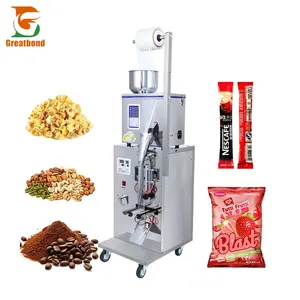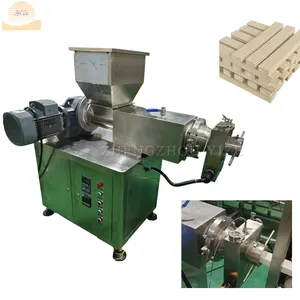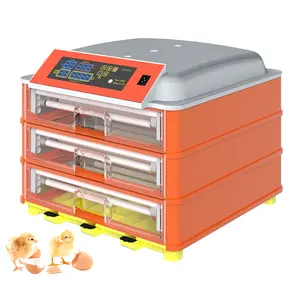Popular in your industry
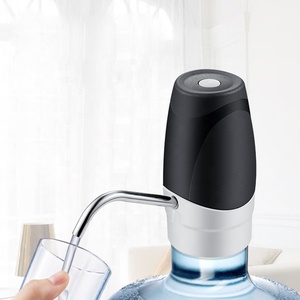

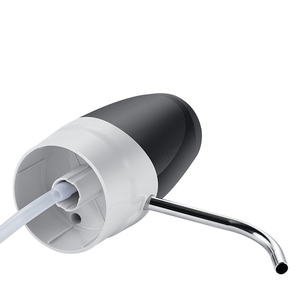






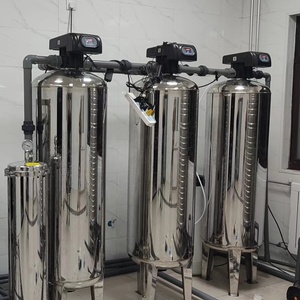

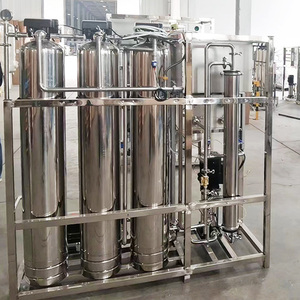



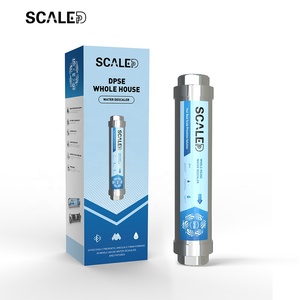
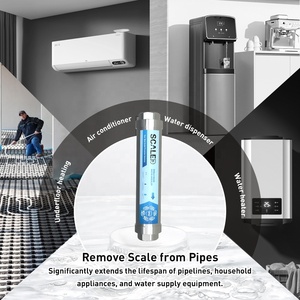




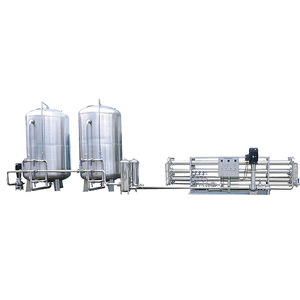



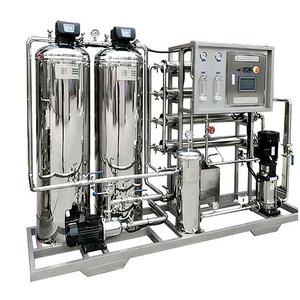











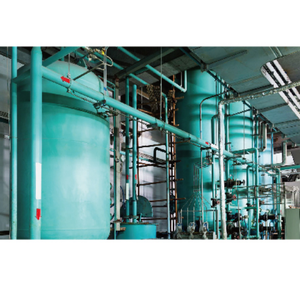
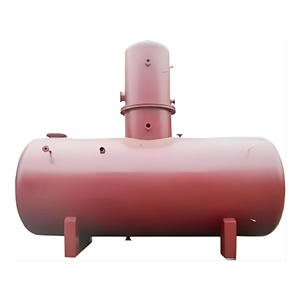
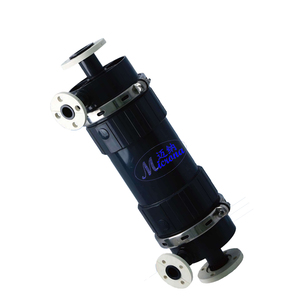

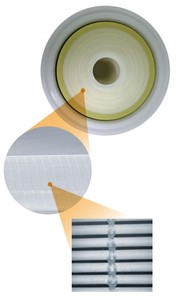

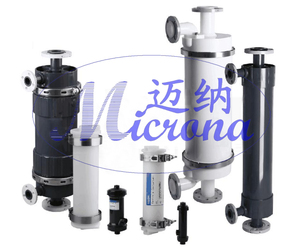

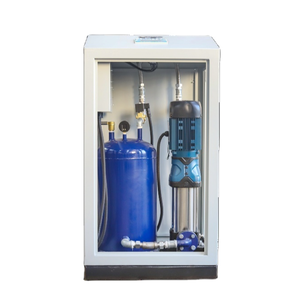
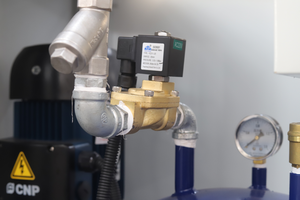


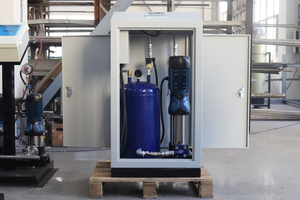

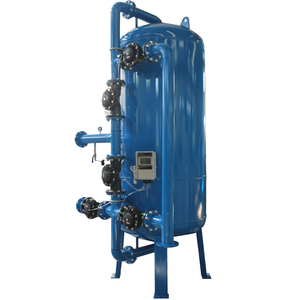


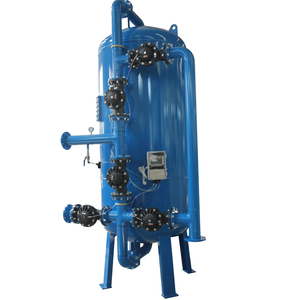

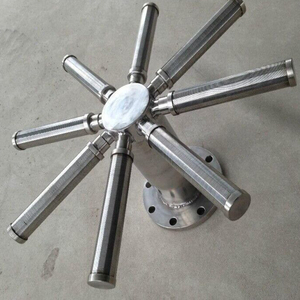


Top categories
About deaerator for water
Introduction to Deaerator for Water
A deaerator for water is a crucial component in boiler systems used to remove dissolved gases such as oxygen and carbon dioxide from feedwater. This process helps prevent corrosion in the boiler and piping systems, ensuring efficient and safe operation. Deaerators are widely used in various industries where steam is generated for heating or power generation purposes.
Working Principle of Deaerator
The deaerator working principle is based on the physical and chemical processes that occur during the deaeration process. In a typical deaerator system, feedwater is heated to near the boiling point and then sprayed into a deaeration section. Here, the water is exposed to a combination of steam and a partial vacuum, allowing dissolved gases to be released and vented out, resulting in deaerated water with low gas content.
Deaerator Boiler Applications
Deaerator boilers are commonly used in power plants, refineries, chemical plants, and other industrial facilities where steam generation is vital. By removing dissolved gases from the boiler feedwater, deaerators help prevent corrosion, scaling, and thermal stress in the boiler, extending its lifespan and improving overall efficiency. Additionally, deaerated water reduces the need for chemical treatment, saving costs and minimizing environmental impact.
Water Deaerator Tanks for Boilers
DA tanks for boilers are specialized vessels designed to store and deaerate water before it enters the boiler system. These tanks typically feature internal spray nozzles for efficient deaeration, insulation to maintain water temperature, and venting systems to remove gases. Proper sizing and placement of deaerator tanks are crucial to ensure optimal performance and protection of the boiler system.
Thermal Deaerator for Industrial Use
A thermal deaerator is a type of deaerator that utilizes steam to heat and deaerate the feedwater. This method is highly efficient in removing dissolved gases and ensuring high purity water for boiler operation. Thermal deaerators are preferred in large industrial applications where a continuous supply of steam is available for the deaeration process.
Advantages of Using a Deaerator
One of the key advantages of using a deaerator for water is the prevention of oxygen-related corrosion in boiler systems. By removing oxygen and other gases from the feedwater, deaerators help prolong the life of the boiler and reduce maintenance costs. Additionally, deaerated water improves heat transfer efficiency, leading to energy savings and lower fuel consumption.
Another benefit of incorporating a deaerator into a boiler system is the reduction of chemical treatment requirements. Deaerated water has lower chemical oxygen demand (COD) and fewer impurities, minimizing the need for water treatment chemicals and improving overall water quality.
Deaerators also contribute to enhanced safety in boiler operations by reducing the risk of oxygen pitting, corrosion, and steam quality issues. By ensuring that the boiler feedwater is free from dissolved gases, deaerators help maintain stable and reliable steam production, crucial for various industrial processes.
Furthermore, the use of a deaerator can improve overall system performance and efficiency by eliminating the negative effects of dissolved gases on heat transfer surfaces. Clean, deaerated water promotes optimal heat exchange within the boiler, leading to improved thermal efficiency and reduced downtime due to maintenance and repairs.
In conclusion, a deaerator for water plays a vital role in maintaining the integrity and efficiency of boiler systems in industrial settings. By effectively removing dissolved gases from the feedwater, deaerators help prevent corrosion, enhance safety, and improve overall system performance, making them essential components in steam generation applications.
